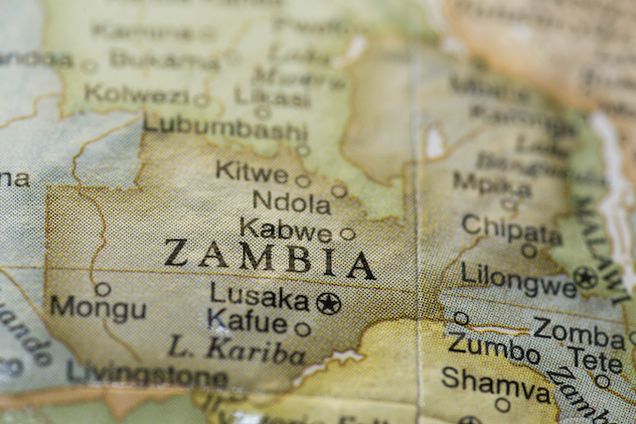Zambia’s Chinese Debt in the Pandemic Era

In November 2020, Zambia became the first African country to default on its Eurobonds during the COVID-19 pandemic, bringing the country’s debt distress into headlines around the world. Bondholders’ refusal to provide debt suspension rested largely on fears that Zambia was not disclosing significant liabilities to Chinese creditors.
In August 2021, national elections led to a surprise upset. A new president, Hakainde Hichilema took office, facing a debt burden that had never been fully transparent to Zambia’s public and the world. In a meeting with Bloomberg reporters from shortly after taking office, the new president commented: “We had known for a long time that there was non-full disclosure… So now that we’re in, we are beginning to see that the debt numbers that were being talked about officially are not really the comprehensive numbers.”
In a new policy brief jointly published with the China Africa Research Initiative at Johns Hopkins University and the Boston University Global Development Policy Center, Deborah Brautigam and Yinxuan Wang estimate Zambia’s outstanding external debt to all Chinese financiers, official and commercial, was approximately $6.6 billion in August 2021.
Official sources, including the World Bank and Zambia’s Ministry of Finance, have not yet provided accurate information on the stock of debt owed by Zambia to Chinese lenders. Brautigam and Wang’s research, based on open sources and interviews, suggests the public external debt, i.e., what the government of Zambia, including its state-owned enterprises (SOEs), owes to all Chinese creditors is approximately $6.6 billion, almost double the amount cited by the Lungu administration. This includes all public sector external debt to Chinese creditors, guaranteed and non-guaranteed. The estimate draws on data from the Chinese Loans to Africa Database detailing Chinese loan commitments and their terms and the implementation status of each project.
Main findings:
- 18 major and minor Chinese financiers have provided external loans to Zambia and its SOEs since 2000.
- Loan commitments by Chinese financiers between 2000 and 2020 totaled $10.3 billion, with 67 percent ($6.94 billion) committed just since 2015.
- Based on project implementation status, the research team estimates $7.8 billion was disbursed by August 2021.
- Contracted but un-disbursed Chinese loans as of August 2021 amounted to $2.5 billion, around 13 percent of 2020 GDP.
- Zambia and its SOEs have repaid an estimated $1.2 billion to Chinese lenders since 2000, at least.
Given the complicated situation with at least 18 Chinese lenders having provided loan funding to the Zambian government and its state-owned firms, reaching consensus on burden-sharing is likely to prove exceptionally difficult. In June 2020, Chinese President Xi Jinping set out his government’s expectations on how Chinese banks would respond to the debt crisis: “We encourage Chinese financial institutions to … hold friendly consultations with African countries according to market principles to work out arrangements for commercial loans with sovereign guarantees.” The Chinese government agreed to provide delays on payments for all Zambian “Government to Government” loans and concessional loans.
Additionally, two Chinese policy banks, the Export-Import Bank of China and the China Development Bank, have already provided temporary debt relief to Zambia. Yet, suspension of debt service and longer repayment periods are unlikely to be enough. Zambia has requested debt relief under the G20’s Common Framework, a program that links Paris Club procedures with the G20’s effort to provide pandemic-linked relief on debt service in developing countries. Now, the International Monetary Fund will act as an “honest broker” in determining the level of write-down required to bring Zambia to debt sustainability. The case of Zambia provides an important opportunity for China’s State Council to coordinate a response from all Chinese lenders.
Read the Policy Brief